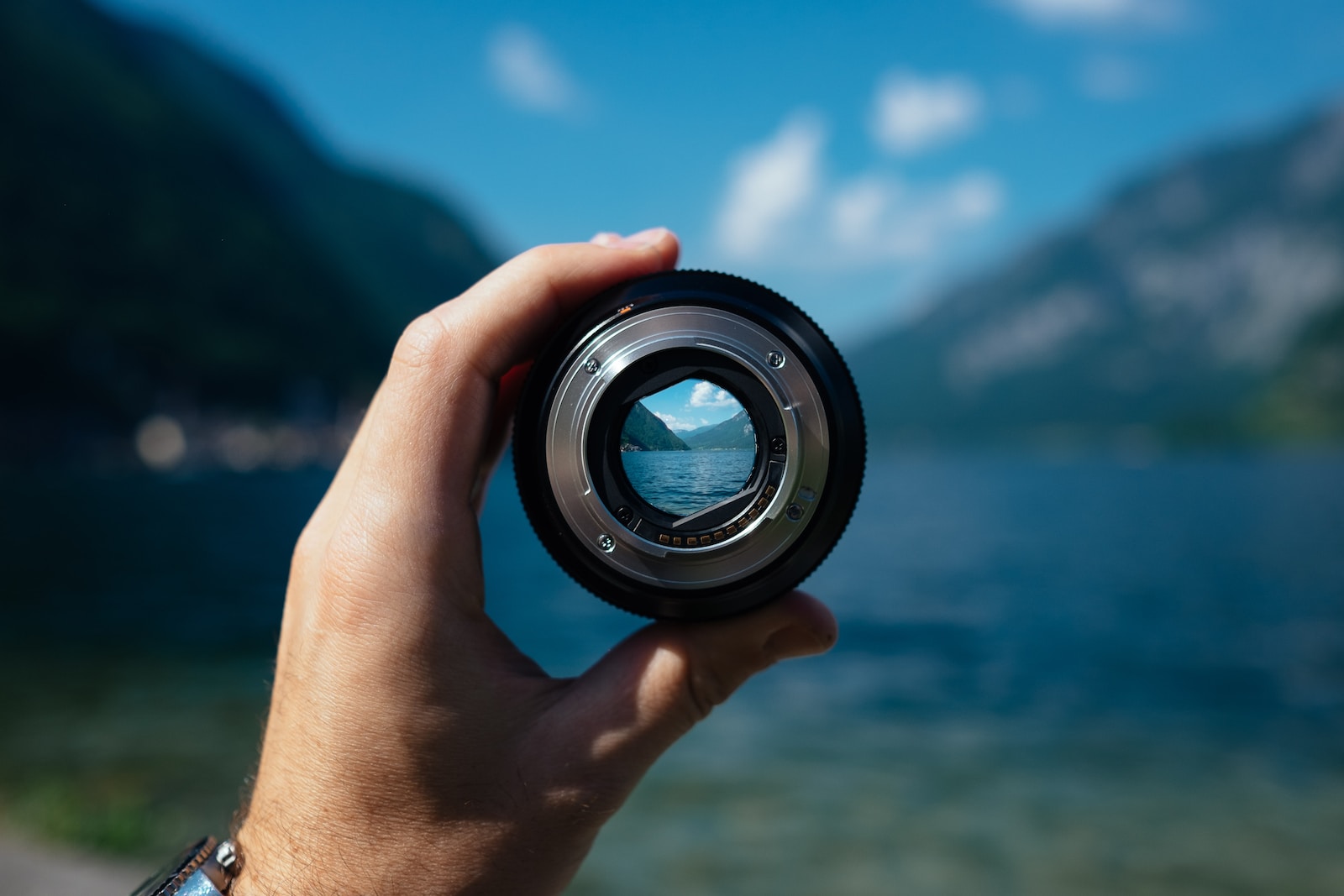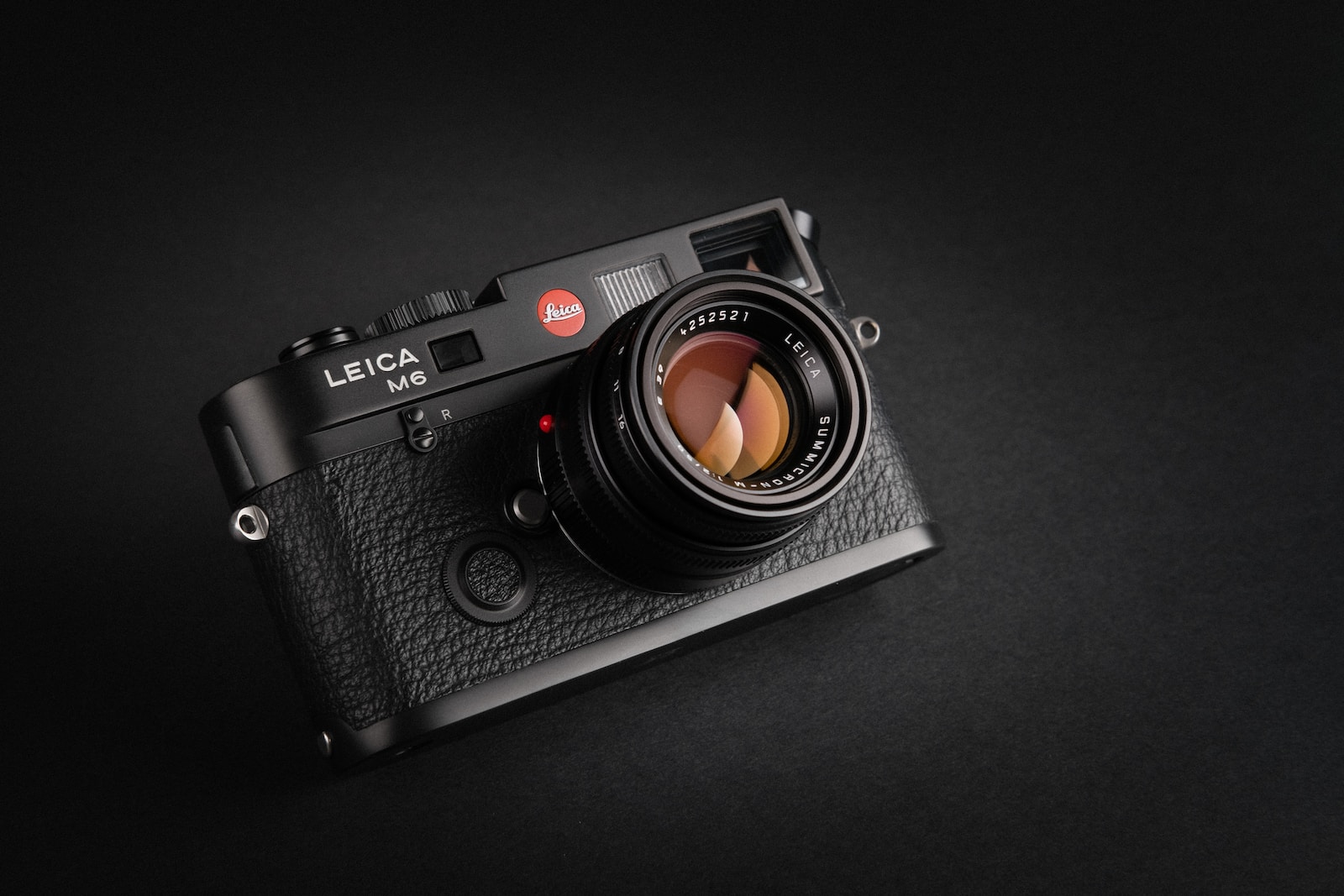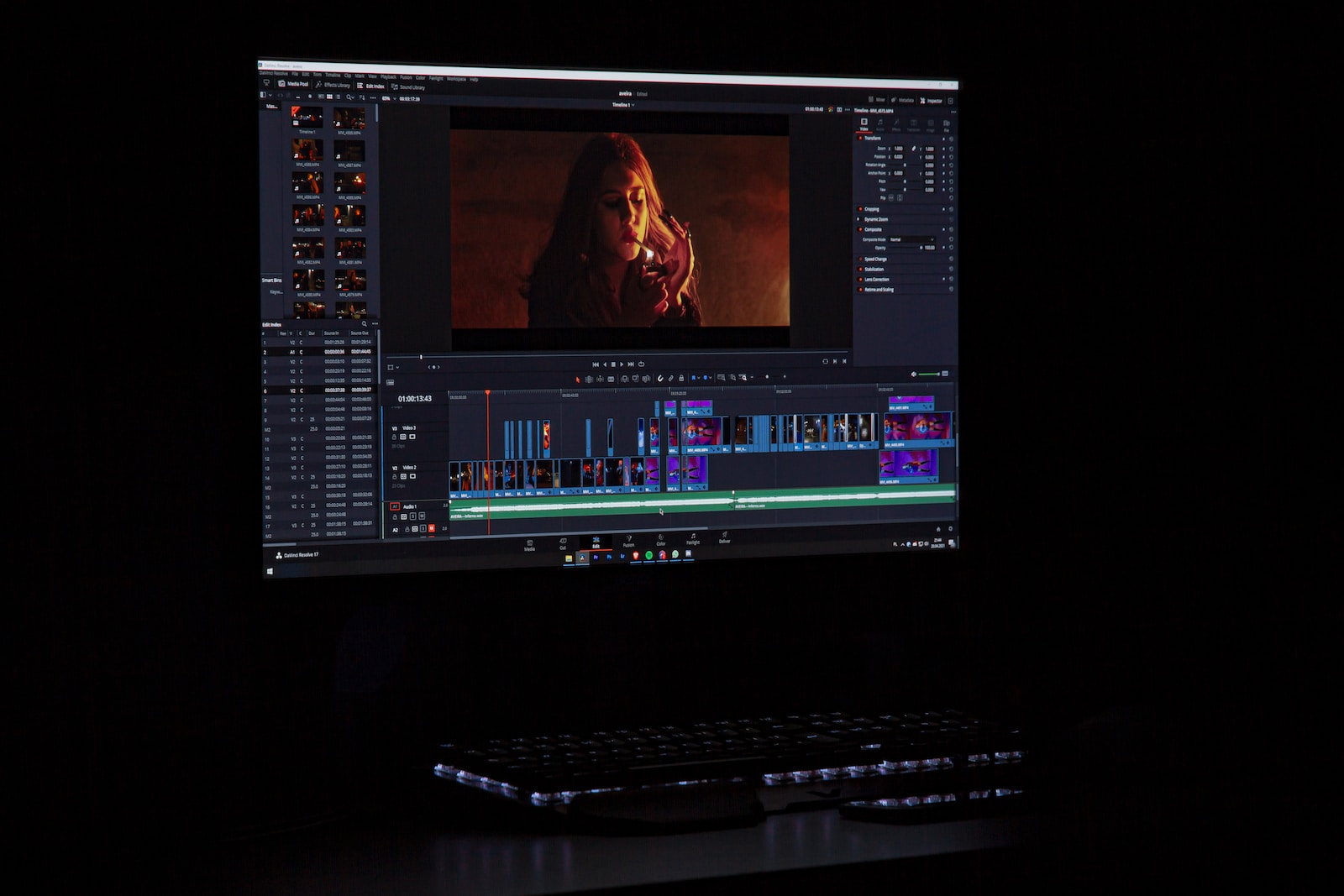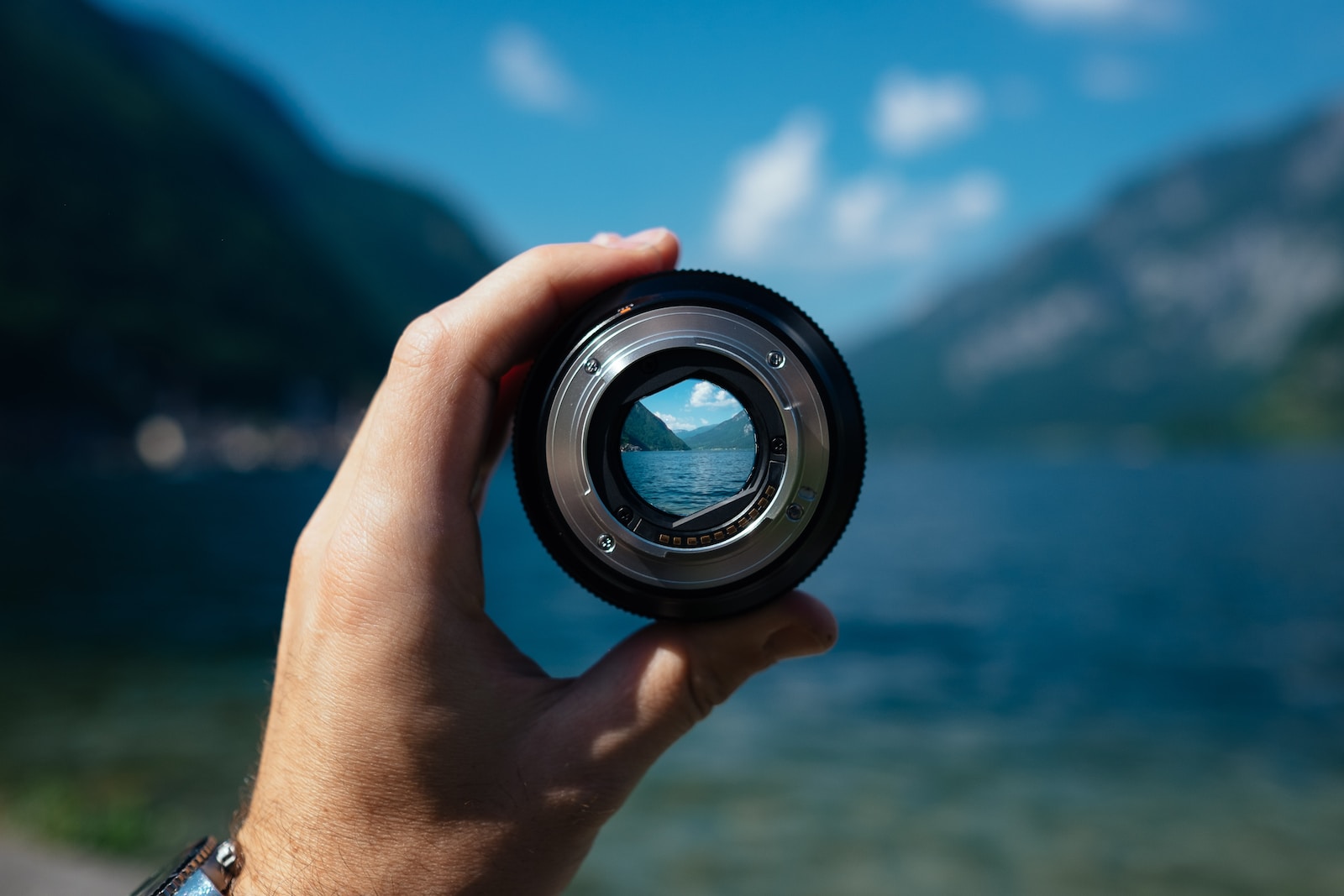Welcome to our comprehensive guide on maintaining your DSLR lenses! Whether you’re a seasoned photographer or just starting out, proper lens care is crucial for capturing stunning images. In this blog, we’ll provide practical advice and tips on cleaning, storage, and general maintenance to ensure your lenses stay in top-notch condition for years to come. Discover the secrets to keeping your gear performing at its best!
Table of Contents
- The Importance of DSLR Lens Maintenance
- Maintaining Your DSLR Lenses: A Comprehensive Guide
- Frequently Asked Questions
- 1. How often should I clean my DSLR lenses?
- 2. What is the best way to clean DSLR lenses?
- 3. Can I use household cleaning products to clean my DSLR lenses?
- 4. How should I store my DSLR lenses?
- 5. Is it necessary to use lens caps when storing the lenses?
- 6. Can I clean the internal parts of a DSLR lens?
- 7. What should I do if my lens gets wet?
- 8. How often should I have my DSLR lenses professionally serviced?
- 9. Can lens filters help protect my DSLR lenses?
- 10. Are there any additional tips for maintaining DSLR lenses?
- Wrap Up
The Importance of DSLR Lens Maintenance
Cleaning Your DSLR Lenses
Regular lens cleaning is essential to remove dust, fingerprints, and other debris that can impact image quality. Start by using a clean, microfiber cloth to gently wipe the lens surface in a circular motion. Avoid using excessive pressure as it may cause damage. For stubborn dirt, lightly moisten the cloth with lens cleaning solution or use a lens brush to gently dislodge debris. Remember to remove lens caps and rear lens caps for a thorough cleaning.
Proper Lens Storage
Correct storage of your DSLR lenses is crucial to prevent damage and maintain optimal performance. When not in use, always keep your lenses in a protective case or bag. Invest in lens pouches or dividers to prevent them from scratching or rubbing against each other. Store them in a cool, dry place away from excessive humidity and temperature fluctuations. Avoid exposing lenses to direct sunlight or extreme conditions that can cause fungus growth or lens misalignment.
Protective Lens Filters
Using protective filters is a smart way to shield your lenses from potential hazards such as scratches, dust, and accidental impacts. UV filters are commonly used to reduce haze and improve image clarity, while clear filters serve as a safeguard without affecting image quality. Keep filters clean and inspect them regularly for any signs of damage or smudges that may impact image quality. Remember to remove filters when shooting in low-light conditions or when using a lens hood.
Handling and Usage Tips
Proper handling and usage can significantly prolong the lifespan of your DSLR lenses. Always hold your lens by the barrel, making sure to avoid touching the glass elements. When changing lenses, do so in a clean and controlled environment to minimize the risk of dust entering the camera body or lens. Additionally, avoid abrupt movements or impacts that can cause internal components to misalign or become damaged.
Regular Lens Calibration and Servicing
Every now and then, it’s essential to calibrate and service your lenses to ensure optimal performance. Some advanced DSLR models offer built-in lens calibration features. However, if your camera doesn’t have this capability, consider seeking professional assistance. Regular servicing by a reputable camera repair center can help maintain the accuracy of autofocus systems and identify any potential issues before they become major problems.
Did you know that keeping a lens cap on your lens when it's not in use can help protect it from dust and debris?
Maintaining Your DSLR Lenses: A Comprehensive Guide
Welcome to our comprehensive guide on maintaining and caring for your DSLR lenses. In this guide, we will provide you with practical advice, tips, and techniques to ensure that your lenses remain in optimal condition, capturing beautiful photographs for years to come.
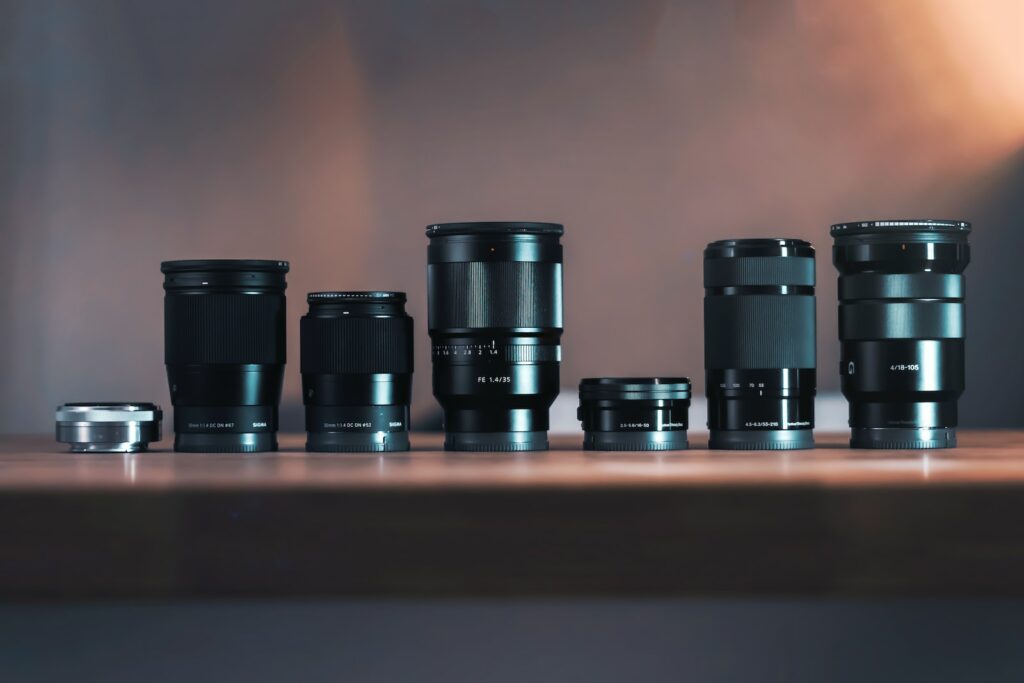
A Relevant Case Study: Overcoming Challenges
One of the most common challenges photographers face is keeping their DSLR lenses clean and free from damage. Let’s take a look at a relevant case study featuring a professional photographer, Sarah, and the challenges she encountered while maintaining her lenses.
Sarah, a wildlife photographer, often finds herself shooting in rugged and challenging environments, such as rainforests and deserts. One day, while on a photography expedition, she accidentally dropped her DSLR camera with a telephoto lens attached. The lens suffered a minor dent, causing concern for Sarah.
Fortunately, Sarah had taken several precautions to ensure the longevity of her lenses. First and foremost, she always carried a lens cleaning kit consisting of a blower, lens brush, microfiber cloth, and lens cleaning solution. This allowed her to quickly remove any dust, fingerprints, or smudges that could compromise image quality.
After gently cleaning the lens, Sarah carefully examined it for any signs of damage. She noticed a small scratch on the lens barrel but discovered it did not affect image quality. However, she took this as a reminder to be more cautious in the future, using lens caps and protective filters to minimize the risk of accidental damage.
In addition to regular cleaning, Sarah made a point to store her lenses properly. She invested in a padded camera bag with separate compartments for each lens, ensuring they were well-protected during transportation.
Thanks to Sarah’s proactive approach and attention to lens care, her telephoto lens continued to perform flawlessly, capturing stunning wildlife shots without any compromise in image quality. This case study highlights the importance of regular maintenance and precautions in keeping your DSLR lenses in top shape.
Why Proper Lens Maintenance Matters
Proper lens maintenance is critical for several reasons. Firstly, it helps to maintain the performance of your lenses, ensuring that they continue to produce sharp, clear images. Secondly, it prolongs the lifespan of your lenses, saving you money in the long run. Lastly, it minimizes the risk of unexpected issues during a photoshoot, allowing you to focus on capturing the moment without any distractions.
Now that we have explored a relevant case study and its challenges, let’s dive into the practical tips and techniques for maintaining your DSLR lenses. Stay tuned for the next section of our comprehensive guide!
Frequently Asked Questions
1. How often should I clean my DSLR lenses?
Regular cleaning is essential to maintain the quality of your DSLR lenses. It is recommended to clean them after every use or whenever you notice dirt, smudges, or dust on the lens surface.
2. What is the best way to clean DSLR lenses?
The most effective way to clean your DSLR lenses is by using a lens cleaning solution and a microfiber cloth. Firstly, remove any loose dirt or debris using a blower. Apply a small amount of lens cleaning solution to the cloth and gently wipe the lens surface in a circular motion. Avoid excessive pressure to prevent damage.
3. Can I use household cleaning products to clean my DSLR lenses?
No, using household cleaning products can be damaging to your DSLR lenses. These products often contain harsh chemicals that can leave residue or may even strip away lens coatings. Stick to using specifically designed lens cleaning solutions.
4. How should I store my DSLR lenses?
When not in use, it is important to store your DSLR lenses in a clean and dry environment. Keep them in a lens pouch or a dedicated lens case to protect them from dust and scratches. Avoid leaving them exposed to extreme temperatures or humidity.
5. Is it necessary to use lens caps when storing the lenses?
Yes, using lens caps is crucial for protecting your DSLR lenses. Lens caps provide a barrier against dust, moisture, and accidental damage. Always put the front and rear lens caps on when the lens is not attached to the camera.
6. Can I clean the internal parts of a DSLR lens?
No, cleaning the internal parts of a DSLR lens should be left to professionals. Disassembling the lens can lead to irreversible damage. If you suspect internal dust or dirt affecting image quality, consult a trusted camera service center or lens technician.
7. What should I do if my lens gets wet?
If your DSLR lens gets wet, gently blot any excess moisture with a soft, absorbent cloth. Then, let the lens air dry in a well-ventilated area. Avoid using heat sources such as hairdryers, as the high temperature can damage the lens. Once completely dry, inspect the lens for any watermarks or residue before using it again.
8. How often should I have my DSLR lenses professionally serviced?
It is recommended to have your DSLR lenses professionally serviced once a year or as specified by the manufacturer. Regular servicing can help identify and address any potential issues, ensuring optimal performance and longevity.
9. Can lens filters help protect my DSLR lenses?
Yes, lens filters can provide an extra layer of protection for your DSLR lenses. UV filters, for example, not only filter out ultraviolet light but also act as a shield against dust, scratches, and accidental bumps. However, it is important to choose high-quality filters to avoid degrading image quality.
10. Are there any additional tips for maintaining DSLR lenses?
Avoid touching the lens surface with bare fingers, as natural skin oils can leave smudges. Use a lens hood to minimize flare and protect the front element. Store lenses upright to prevent dust settling on the rear lens. And finally, always handle your DSLR lenses with care.
Wrap Up
In conclusion, maintaining your DSLR lenses is crucial for capturing stunning photographs and ensuring their longevity. By following these practical tips and guidelines, you can keep your lenses in optimal condition and enjoy picture-perfect moments for years to come. Regular cleaning, protecting from harsh environments, and storing properly are all essential aspects of lens care.
Remember to take advantage of lens calibration services to keep your gear in top shape, and always handle your lenses with care. With a little effort and attention to detail, you can maximize the performance and lifespan of your DSLR lenses.
We hope this comprehensive guide has been helpful to you. If you have any additional tips or questions, we encourage you to leave a comment below. Let’s engage in conversation and share our experiences in lens maintenance and photography tips – together, we can capture the world in all its beauty!
